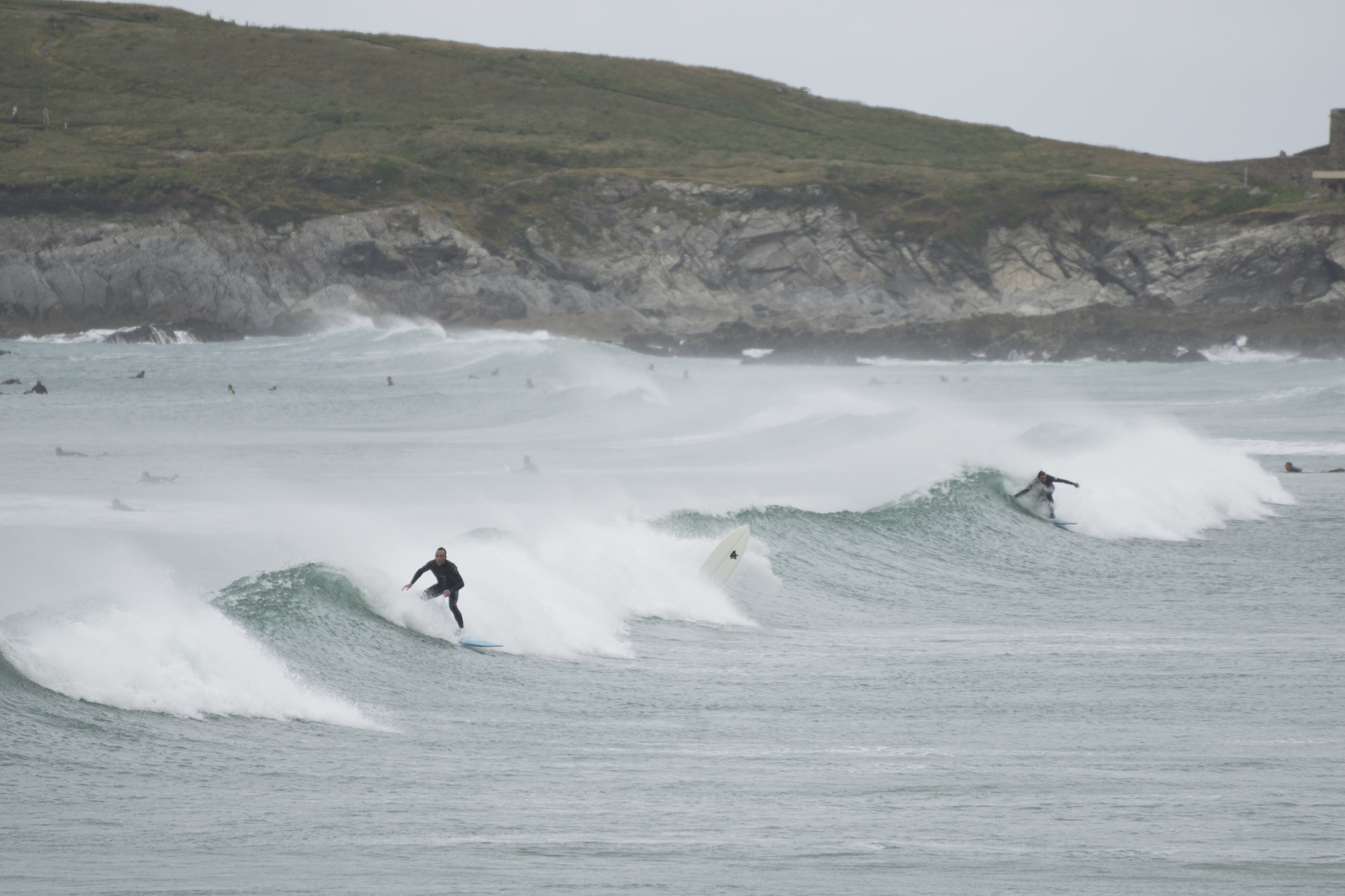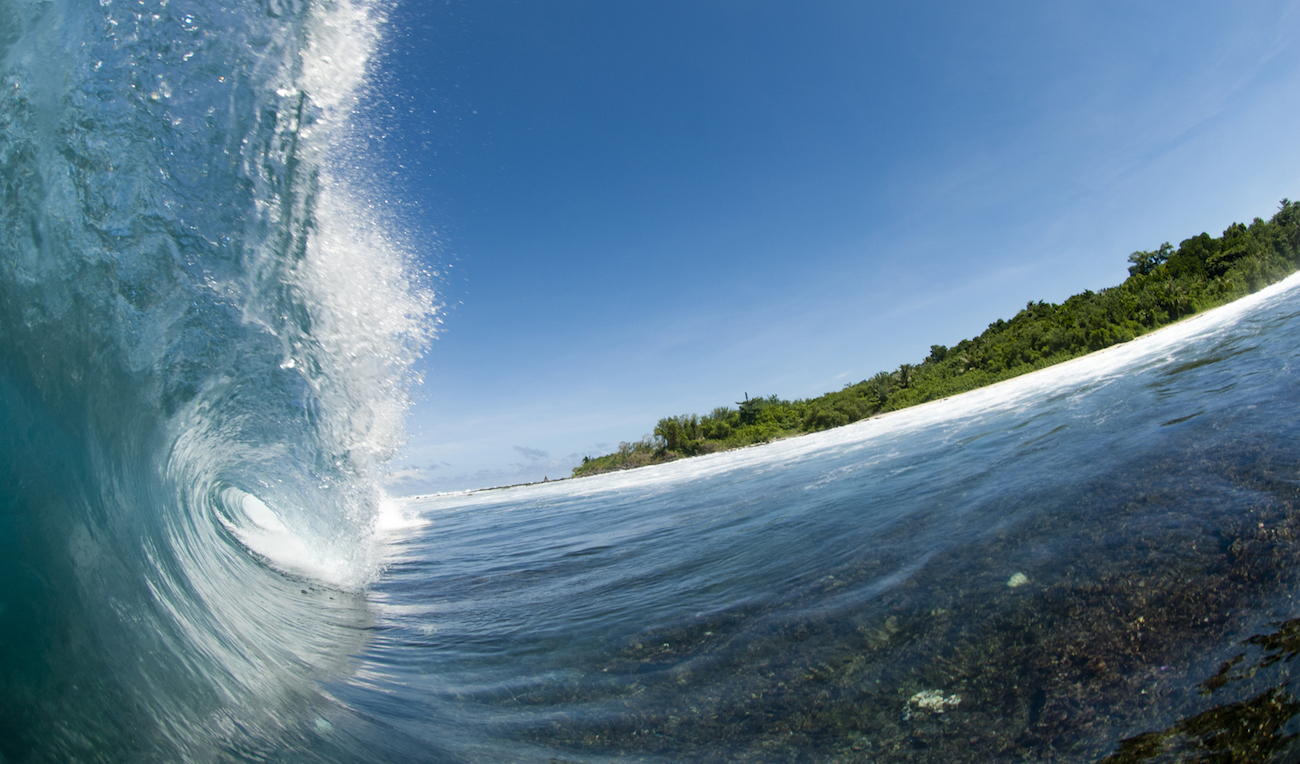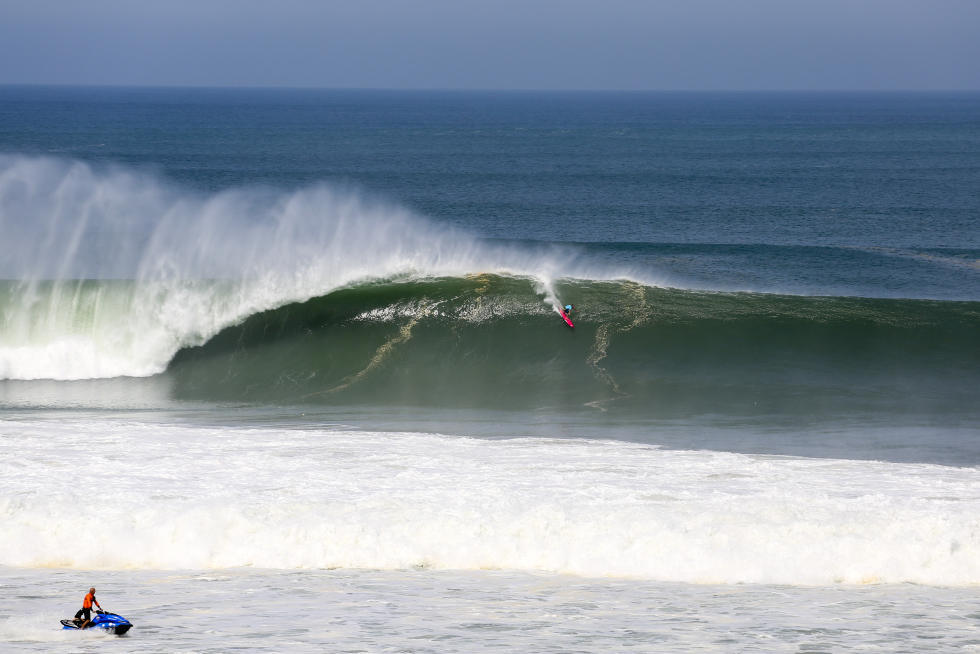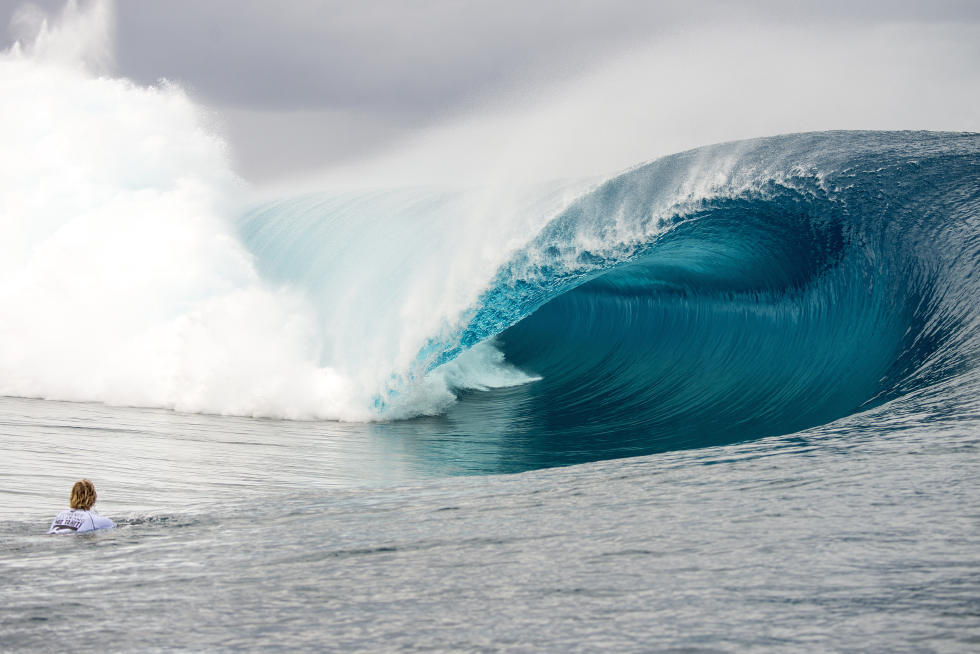Surfing waves can generally be categorised into four main types of wave, each tending to suit a particular style of surfing and standard of surfer: beach breaks, reef breaks, point breaks, and rivermouth waves.
Surfing Wave Types: Beach breaks
At breach breaks the waves break over a sand bottom. Sand, and thus the shape of the seabed, shifts easily, meaning the shape and quality of the waves at a beach break is not fixed but liable to change; sometimes a propitious sand bank will hang around for months, other times it will come and go within a matter of days. That said, certain stretches of beach are known to produce consistently good sand banks, and the resultant waves will tend to be of a fairly similar character — hollow and powerful, say, or longish and gentle — from year to year.

Paddling out at a beach break is often harder as there is not always a clearly defined channel in which waves are not breaking; so too is knowing where to sit in the “line-up”. On the one hand beach breaks are safer than reef breaks (see below) because the sand bottom poses relatively little threat; on the other, rip currents are less predictable and often stronger. And though often considered softer options than their rock-bottomed counterparts, heavy beach breaks can be every bit as powerful as a heavy reef. Still, beach breaks are generally speaking the best place to learn to surf.





